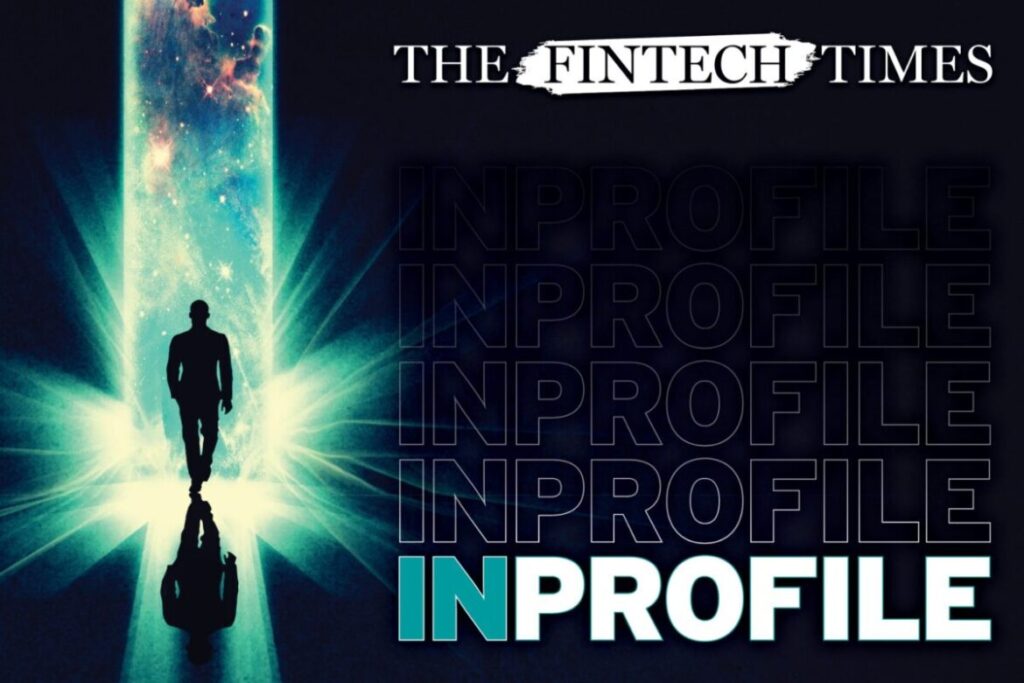Traditional finance (TradFi) and decentralised finance (DeFi) are merging, bringing about innovative solutions that challenge how we think about banking.
In this week’s In Profile, Simon McLoughlin, CEO of the Web3 financial platform Uphold, shares how these advancements are shaping the future.
His recent work also includes the launch of the RLUSD stablecoin with Ripple and introducing Topper, a platform supporting over 230 cryptocurrencies to facilitate easier and cost-efficient currency conversions.
McLoughlin predicts that by 2025, stablecoins will be so integrated into our daily transactions that they’ll simply be known as ‘money’, demonstrating their potential to reshape global payment systems.
Simon, tell us more about your company and its purpose

Uphold, provides modern infrastructure for on-chain payments, banking and investments, offering consumer and business services, as well as an institutional trading platform.
We connect to bank rails in 150 countries, have secured 50 licenses around the world for fiat conversion, and have aggregated liquidity from 31 different exchanges. This has taken significant time and resources to build, but it means that our millions of customers can now access pioneering, trustworthy on-chain financial services with ease.
However, Uphold is by no means a blockchain purist. We believe that the future of financial services lies in integrating the best of blockchain-powered services with traditional finance, and part of our mission is to help bridge the two for the benefit of our customers.
What are some of your recent achievements you’d like to highlight?
The big recent breakthrough in the UK was the launch of our staking service. A recent legal amendment by the UK Treasury cleared the way for Uphold, as a registered crypto-asset service provider, to offer staking services to UK individuals and firms. Staking is an inherent function of many blockchains. It creates a legitimate way for crypto holders to put their assets to work while supporting the validation process of a blockchain.
Uphold’s UK customers now have the opportunity to earn competitive returns on staked cryptocurrencies such as Ethereum, Solana, and NEAR. Today, some supported tokens offer a return of up to 14.8 per cent, depending on market conditions and network-specific factors. Such rates are ideal for crypto investors seeking passive income opportunities.
We’re also seeing lots of traction with businesses in our global payments services, which use stablecoins as the foundation for cross-border payouts and collections. Stablecoin payments lower costs, reduce the length delays common in traditional payments and free up more working capital.
How did you get into the fintech industry?
My roots are in traditional finance, having started out working with compliance systems giant, LexisNexis, and then working with US broker dealers and building a platform that connected sovereign wealth funds to money managers. At the time, I was struck by just how difficult it was to transfer money between the US and London. I then went on to do some work in Colombia, where I found cross-border payments to be more challenging still.
My background in trading systems made me question why transferring money was so difficult when, fundamentally, money and most financial assets are nothing more than digital information on a ledger. When we talk about cross-border payments, what we are actually talking about is the use of SWIFT, a 50-year-old messaging system, to connect a large number of intermediaries. It’s anachronistic and costly. Money doesn’t really move across borders. It’s an illusion that ties up trillions of dollars unnecessarily.
My breakthrough moment came when I read about Bitcoin. I realised it was a revolution in computer science that allowed the transfer of digital property anywhere without intermediaries, creating a layer on the internet that should have been there from the start. This revelation drew me into the fintech industry, and I joined Uphold in 2017, initially as a consultant before eventually running operations and then moving to my current role.
What’s the best thing about working in the fintech industry?
You get rewarded in intellectual capital as well as cash and stock. Working with extremely clever people, you find practical solutions to very thorny problems. For instance, the most obvious use case for blockchain is cross-border transactions. Making that simple and trusted could release the $22trillion held in nostro accounts for payments across the globe – imagine the investment and innovation we could fuel if businesses could put that to use as working capital. It literally could add several percentage points to global GBP.
Fintech is an enjoyable sector to be in because you’re solving large-scale, in some cases global, problems that represent the intersection of regulations, technology, product and design.
What frustrates you most about the fintech industry?
Governments and regulators don’t employ enough people who properly understand technology. As a result, we have to spend excessive amounts of time explaining the basics of blockchain and digital assets. I will give a positive shout-out to the FCA here, which does employ very clever people who understand on-chain finance. Elsewhere, regulators and the law have been slow to catch-up.
The new administration in the US looks like it could have a positive impact in that regard. After years of having to work around a lack of regulations, 2025 could be the year that the US delivers legal clarity on blockchain-powered finance – which could see the US become a significant market for pioneering digital finance, as it has long been in traditional finance.
What’s the best mistake you’ve ever made?
I try to be a CEO who clears the way for our experts to do their best. To be effective in the role, you need to surround yourself with people who are brighter than you and defer to subject-matter experts – particularly in on-chain finance when you’re dealing with complicated issues around regulation or infosecurity.
It’s easy to say that now though after living through the consequences of past blunders. Long ago, I ran a media business which produced contract magazines in the automotive sector. I got a call one day from a big customer, a high-profile car manufacturer, asking if we could also make billboards for their dealer network. I should have said no, and everyone insisted that I should. But with an eye on the revenue, I wondered, ’How hard can it be?’. A lot more difficult than it appeared in fact, if your business is not billboards. Listen to experts. Get out of the way.
What has the future got in store for your company?
An increased focus by regulators worldwide on creating new rules and definitions around digital assets is making the whole area much more attractive to businesses, financial institutions, and fintechs. Crypto is moving from the experimental phase to the utility phase when we’ll see widespread adoption by companies and institutions. We’re going to be in the thick of that as the best API’d platform in the sector. To build on blockchain without years of hassle and expense, plug into Uphold.
I mentioned that our enterprise payments business was making great strides, and we also see considerable opportunities in allowing traditional financial institutions and fintechs to plug into our infrastructure and offer on-chain financial services to their customers. We have done a ton of hard, complex work in the last 10 years – from a regulatory perspective and technical one.
Today, it would consume significant resources to create comparable infrastructure and services to what we offer. Rather than build it themselves, it’s much faster and cost effective for businesses starting their journeys in blockchain finance to access ready made capabilities through APIs. Our value proposition for companies is let us get you to market in three months rather than the years it would take you to do it alone.
What are the next key talking points or challenges for your industry as a whole?
Compliance is the next big thing. As rules and regulations firm up around digital assets, businesses will look to access these assets through fully regulated platforms and exchanges that put transparency and trust at the forefront of their operations. Compliance will help to make digital assets enterprise-ready and act as a huge spur to the market.
What excites us most is opening up a lot of on-chain financial services in an easy, trustworthy, complaint way. There’s brilliant stuff in DeFi, but it’s inaccessible and impractical for non-technical users. Our consumer business is building crypto-enabled neobank functionality that brings some of the best services to mainstream users.
We’re about to open up an on-chain yield and lending service that allows you to spend loans on a Visa card throughout Latin America, for example. There’s a big difference between anonymous DeFi and fully KYC’d and compliant DeFi. We’re big believers in the latter. There’s a vast amount of value to be released by dragging features developed in the sandbox of the former category into the mainstream, grown-up world of the latter.
CBDCs
I also think central bank digital currencies (CBDCs) will continue to be issued in the short term, sparking a privacy debate in the process. In effect, CBDCs give governments control over what could be designed as programmable and trackable currency, as well as the ability to monitor every transaction in real-time. This could in turn allow governments to scrutinise individuals’ spending habits and financial activities on an unprecedented scale. Stablecoins offer the obvious alternative, and without any of the “big brother” problems that come with CBDCs.
Our own perspective is that CBDCs won’t take off owing to legitimate ’big brother’ concerns but there’s a huge opportunity for a US bank issued USD stablecoin. If regulators are given the green light for that, the game changes entirely.

